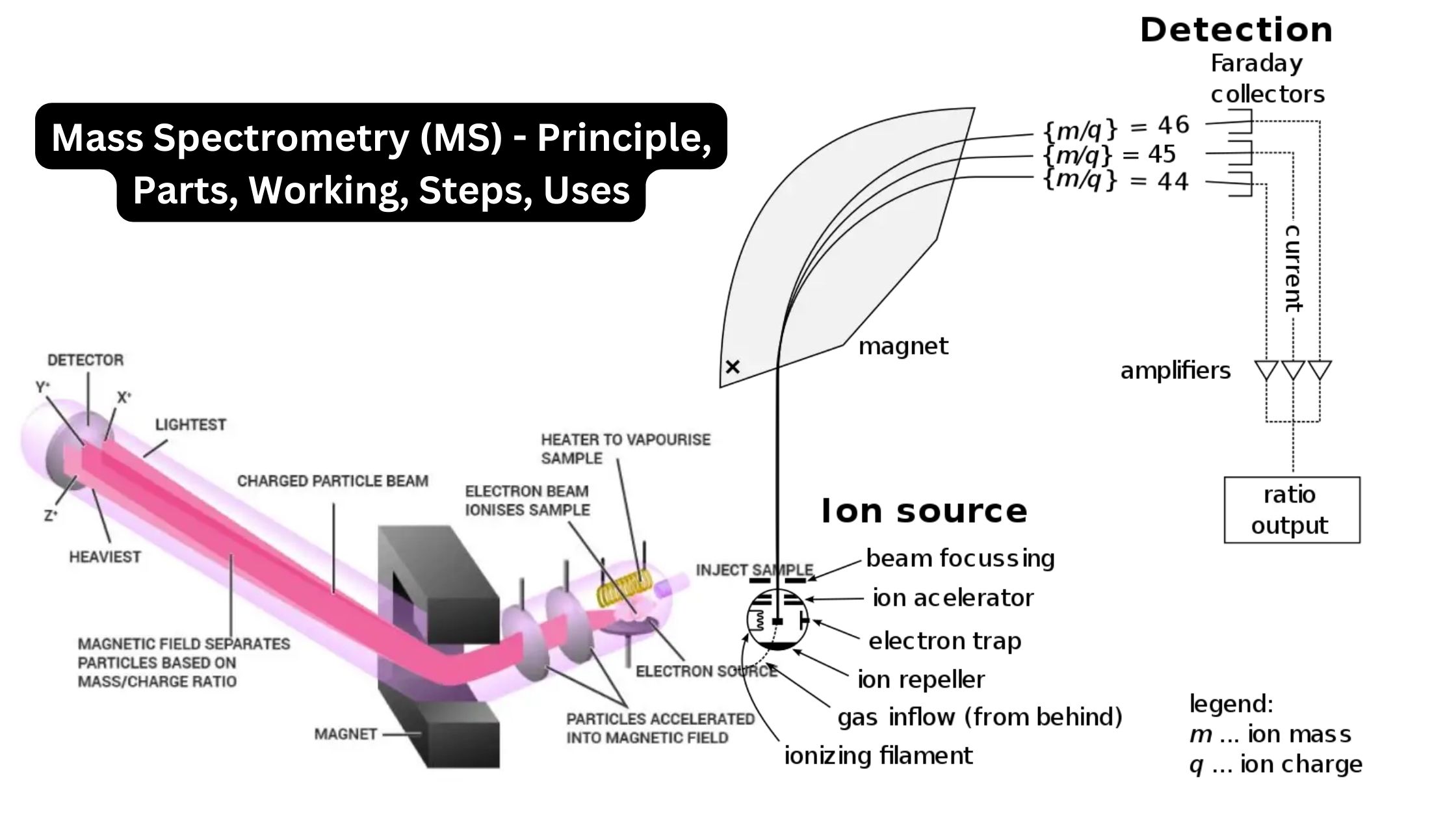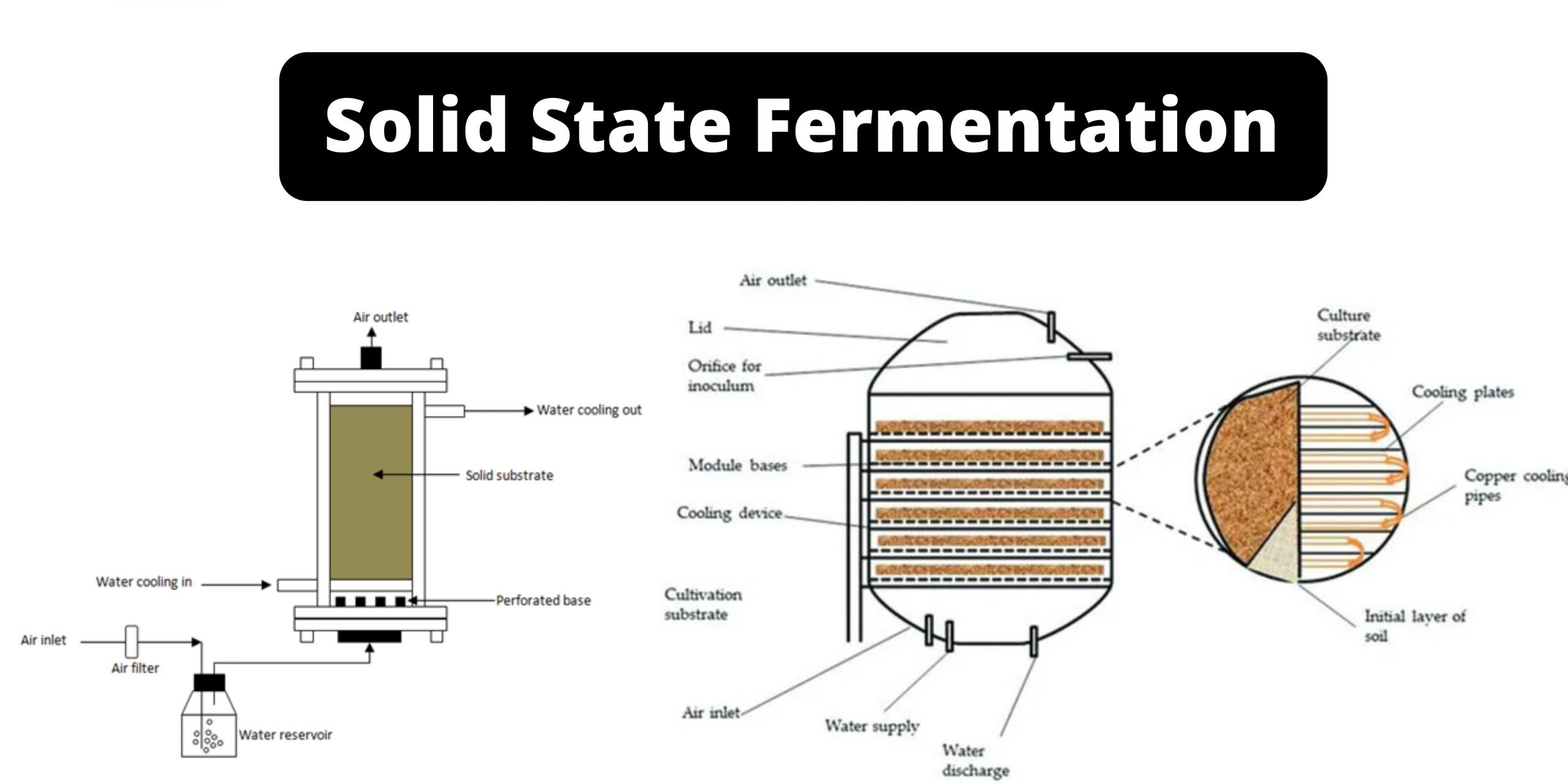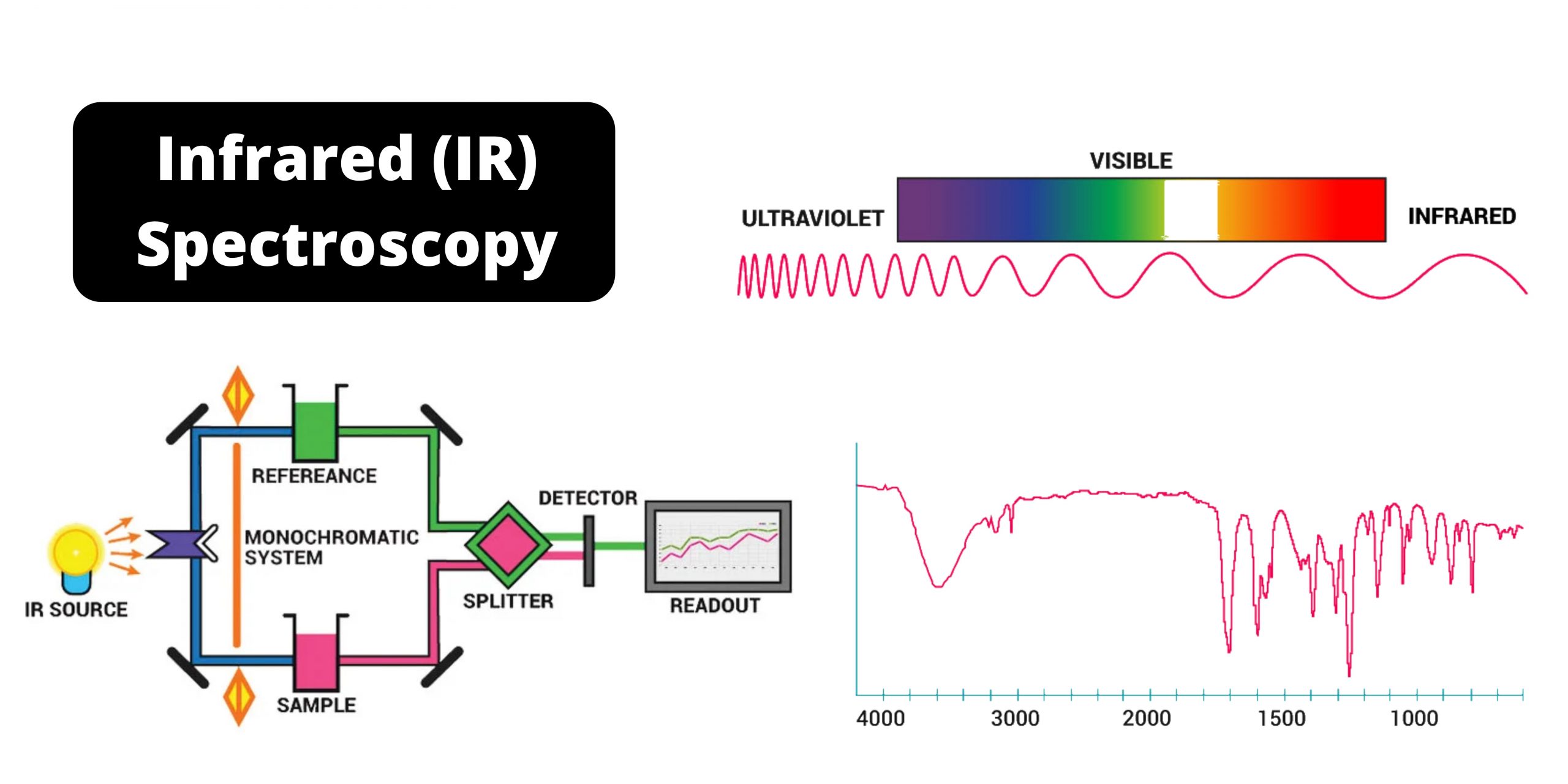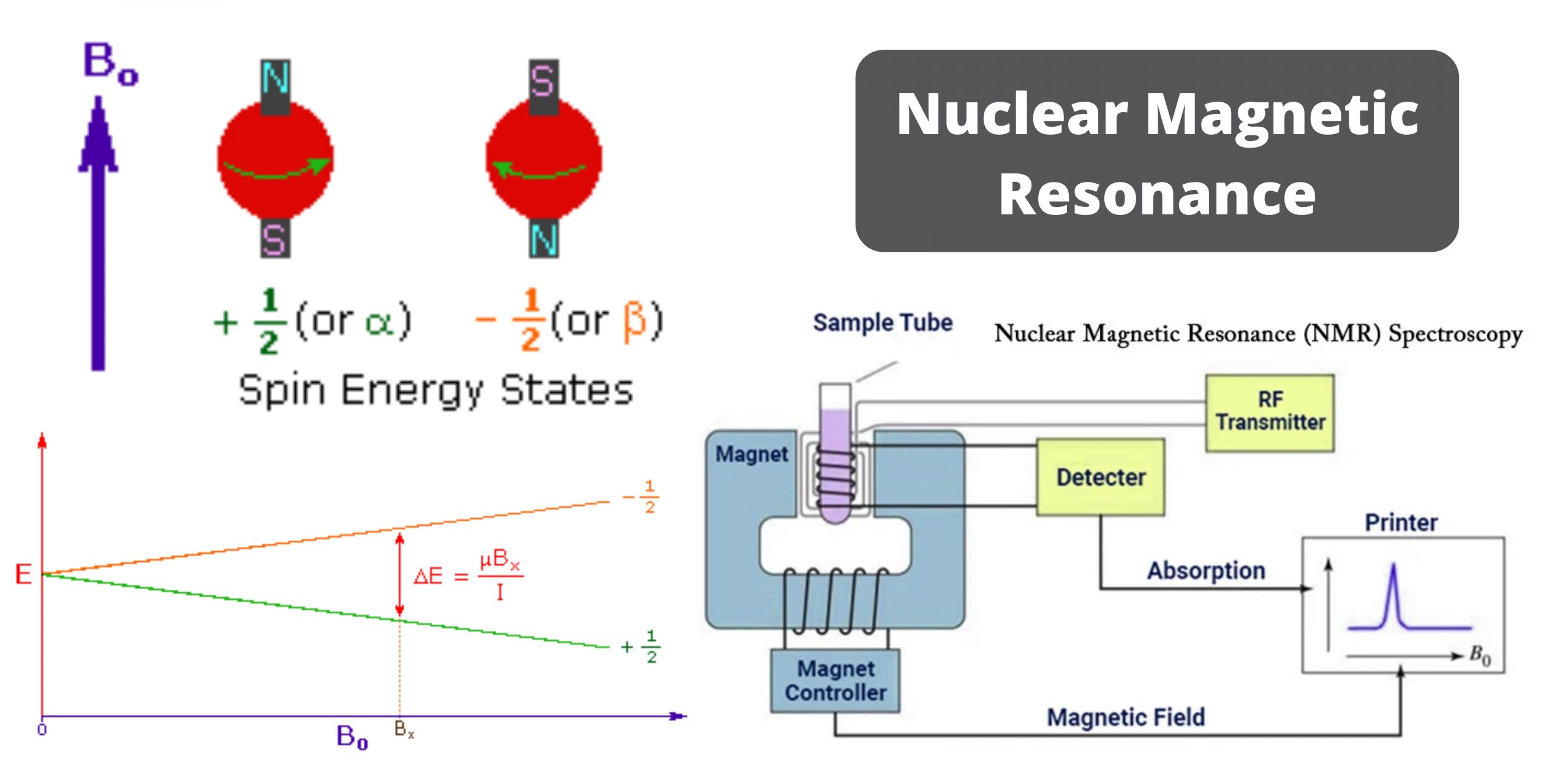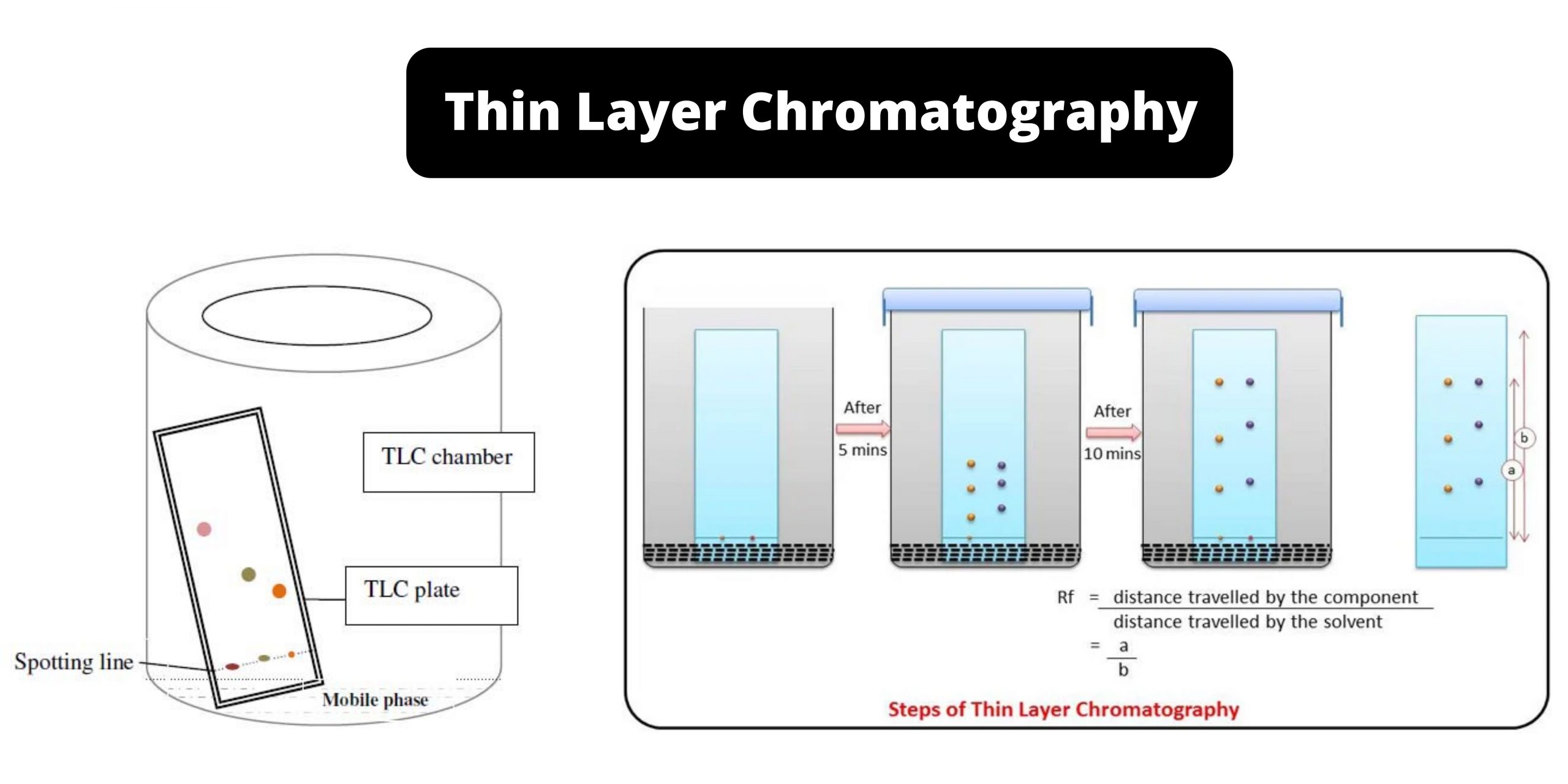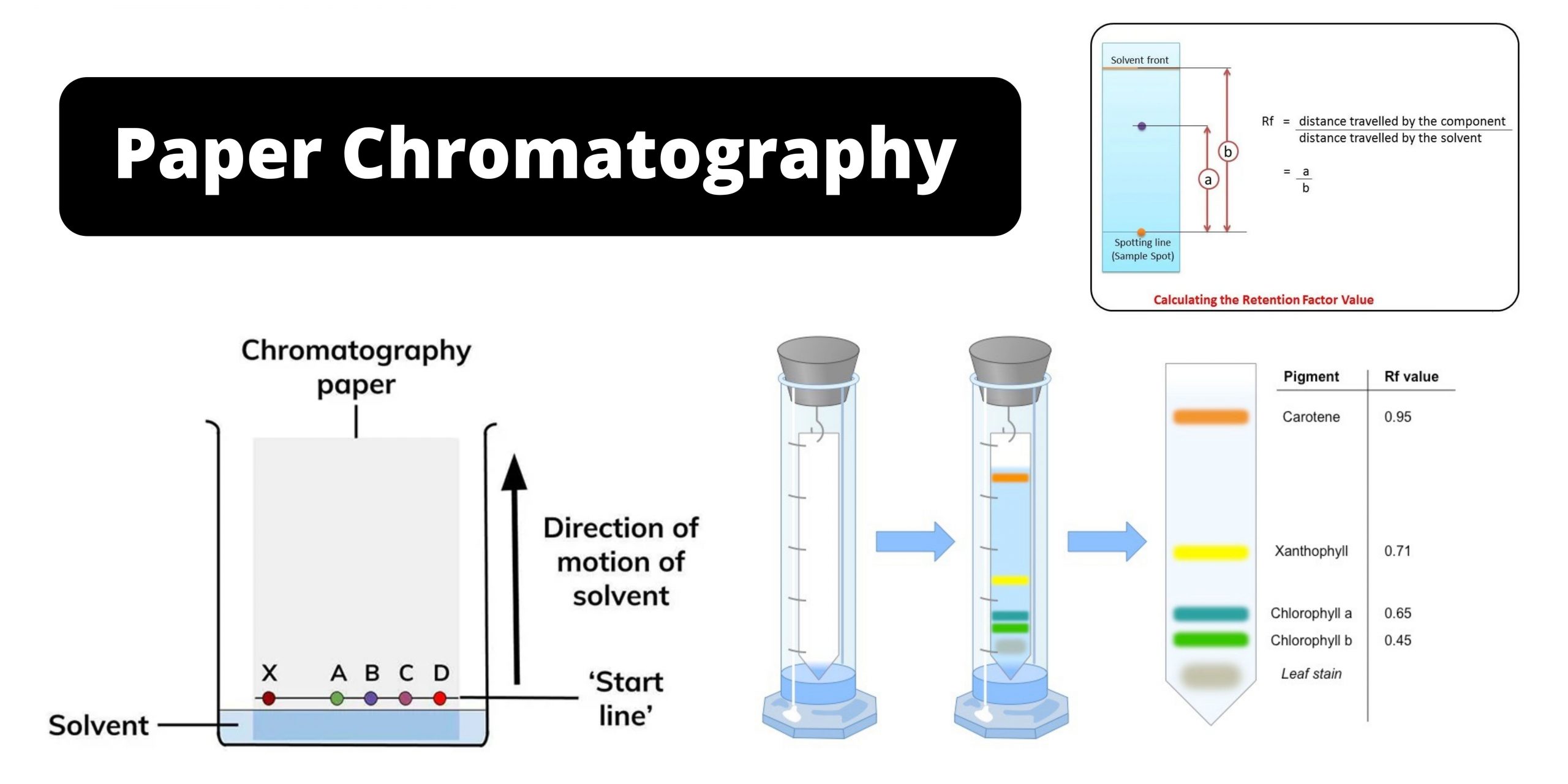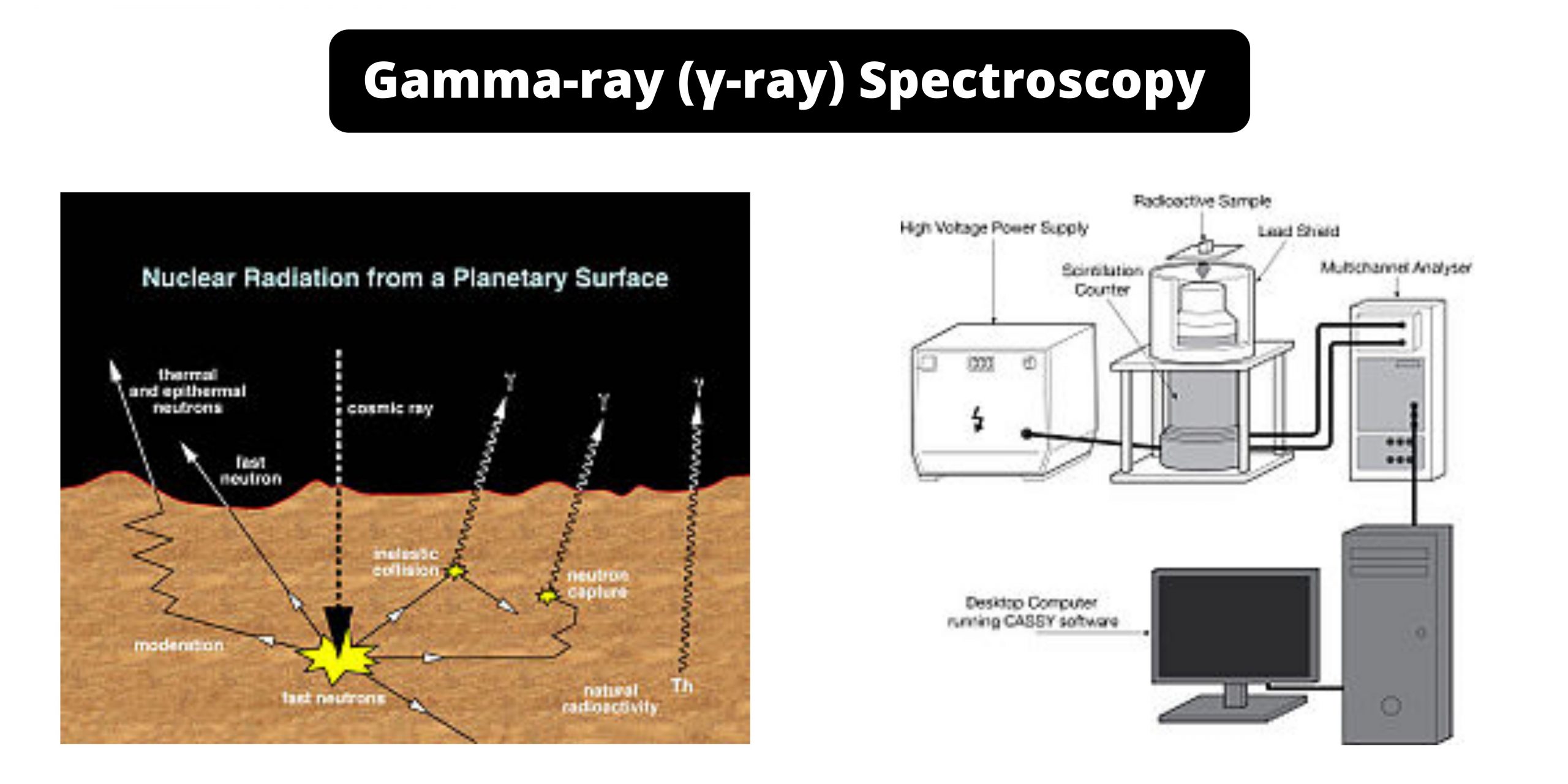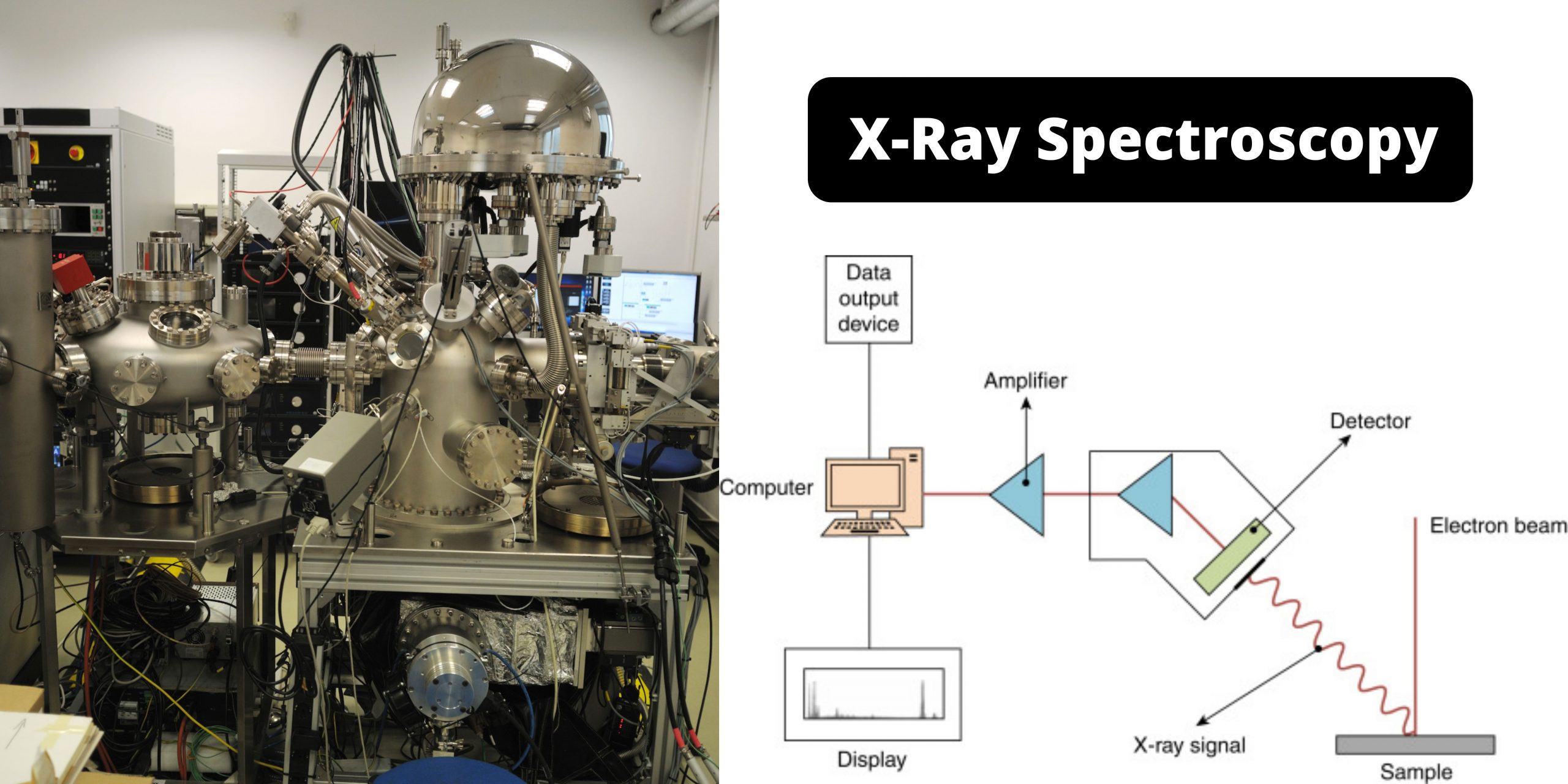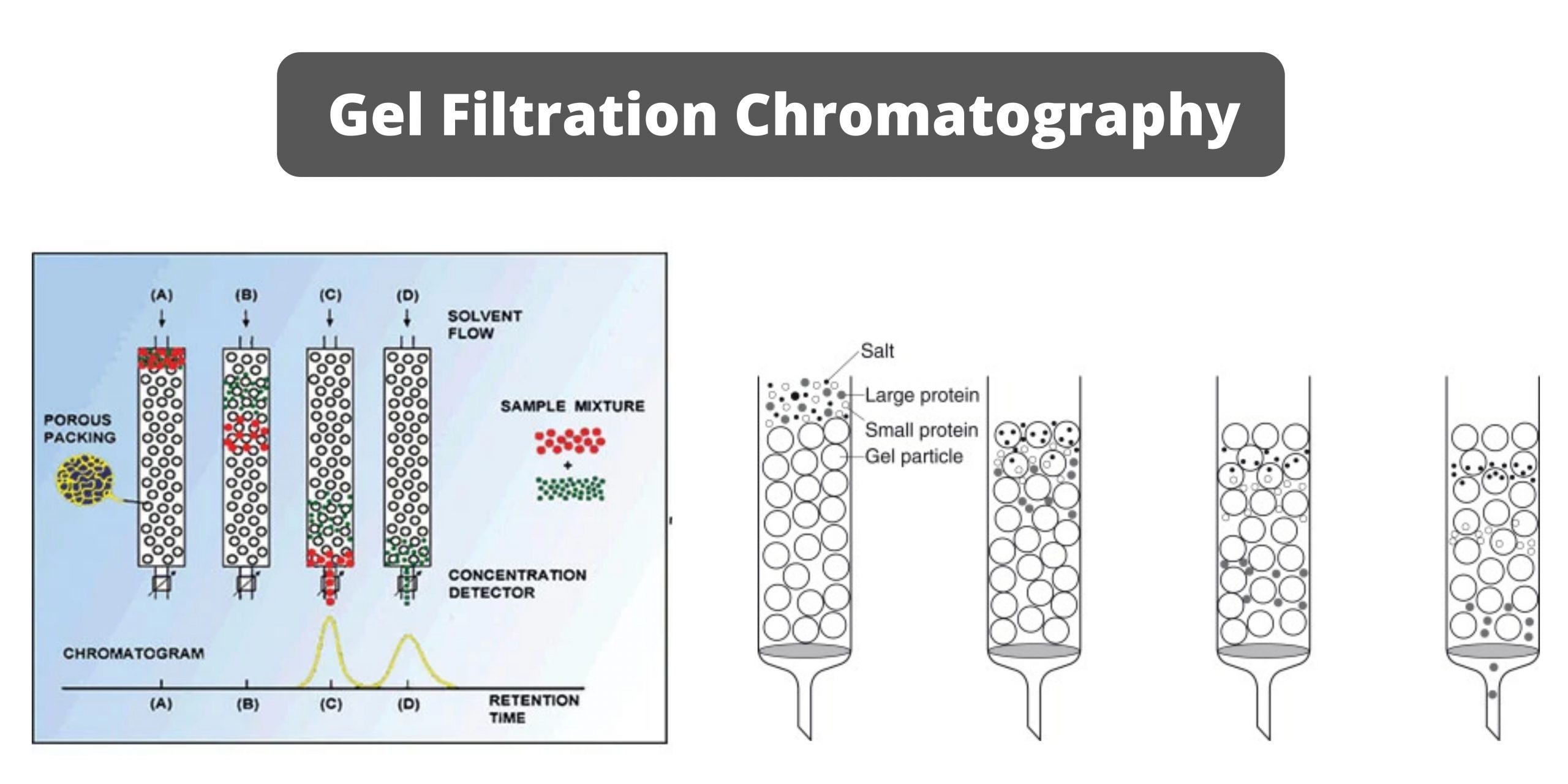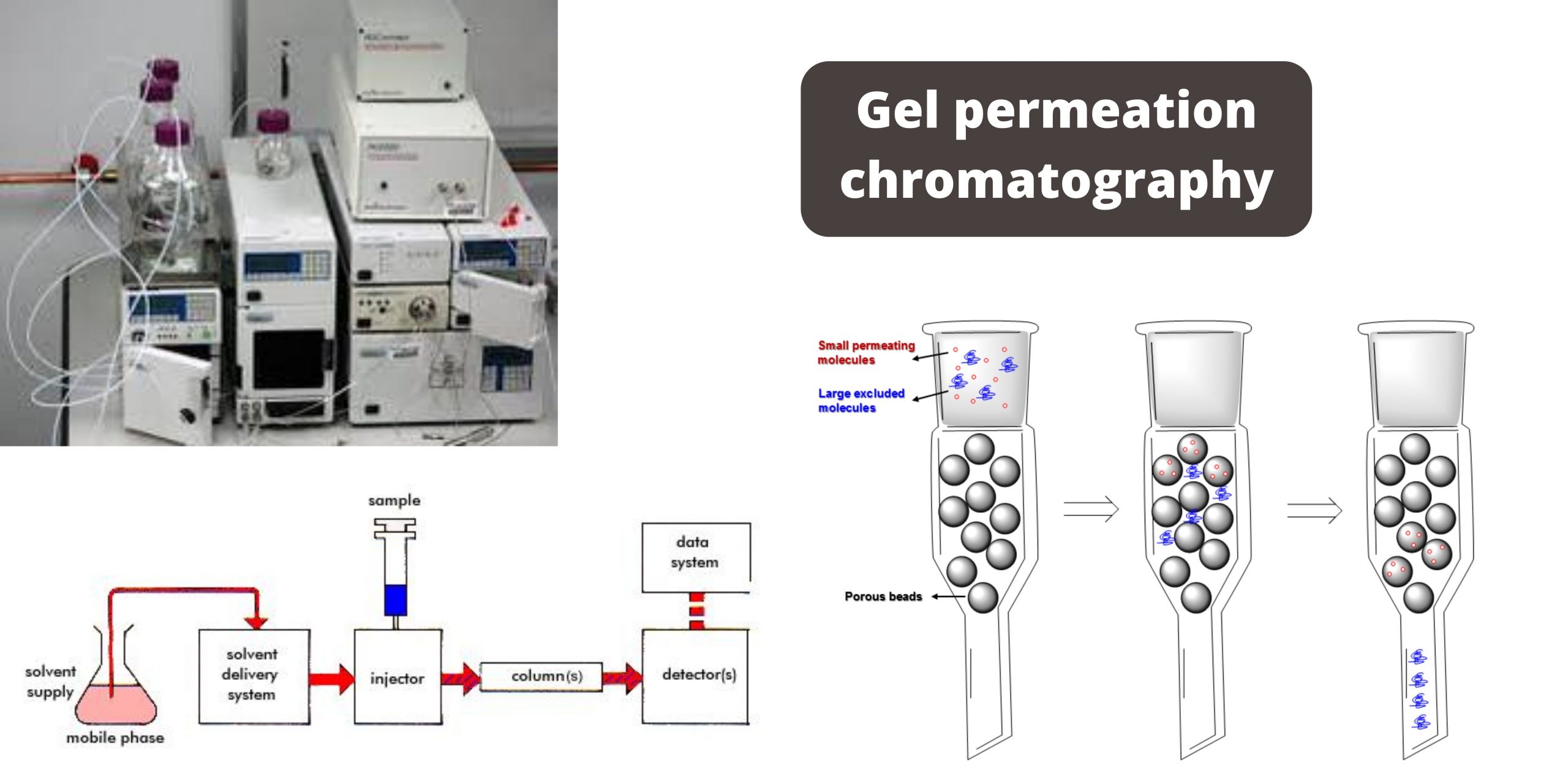Mass Spectrometry (MS) – Principle, Parts, Working, Steps, Uses
What is Mass Spectrometry (MS)? Definition of Mass Spectrometry (MS) Mass Spectrometry (MS) is an analytical technique used to identify the chemical composition of a sample by measuring the mass-to-charge ratio of its ions, resulting in a mass spectrum that reveals the molecular and structural information of the sample. Principle of Mass Spectrometry (MS) Working of Mass … Read more
